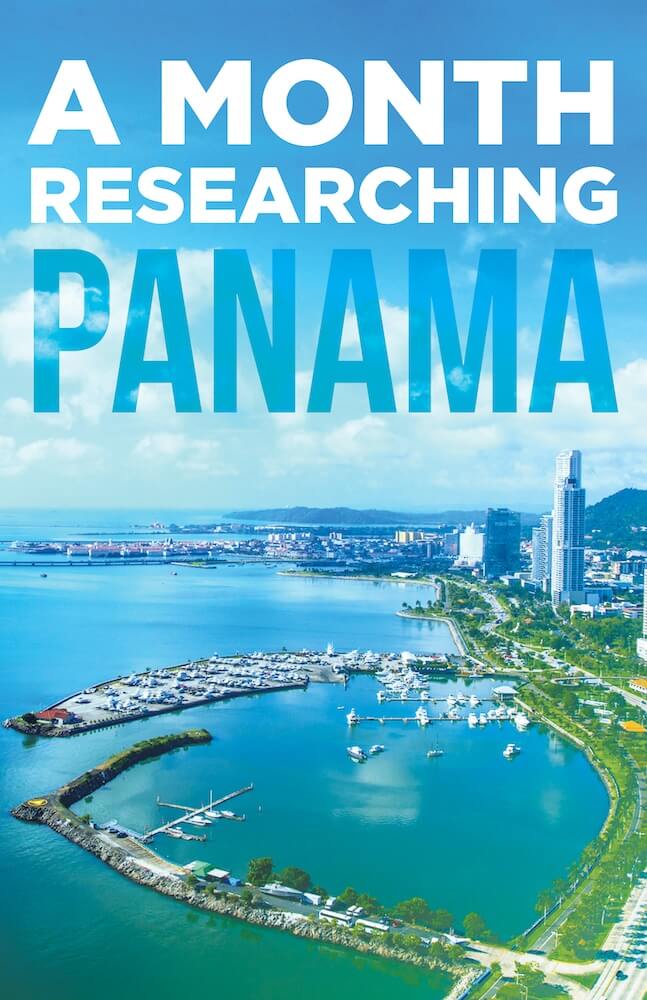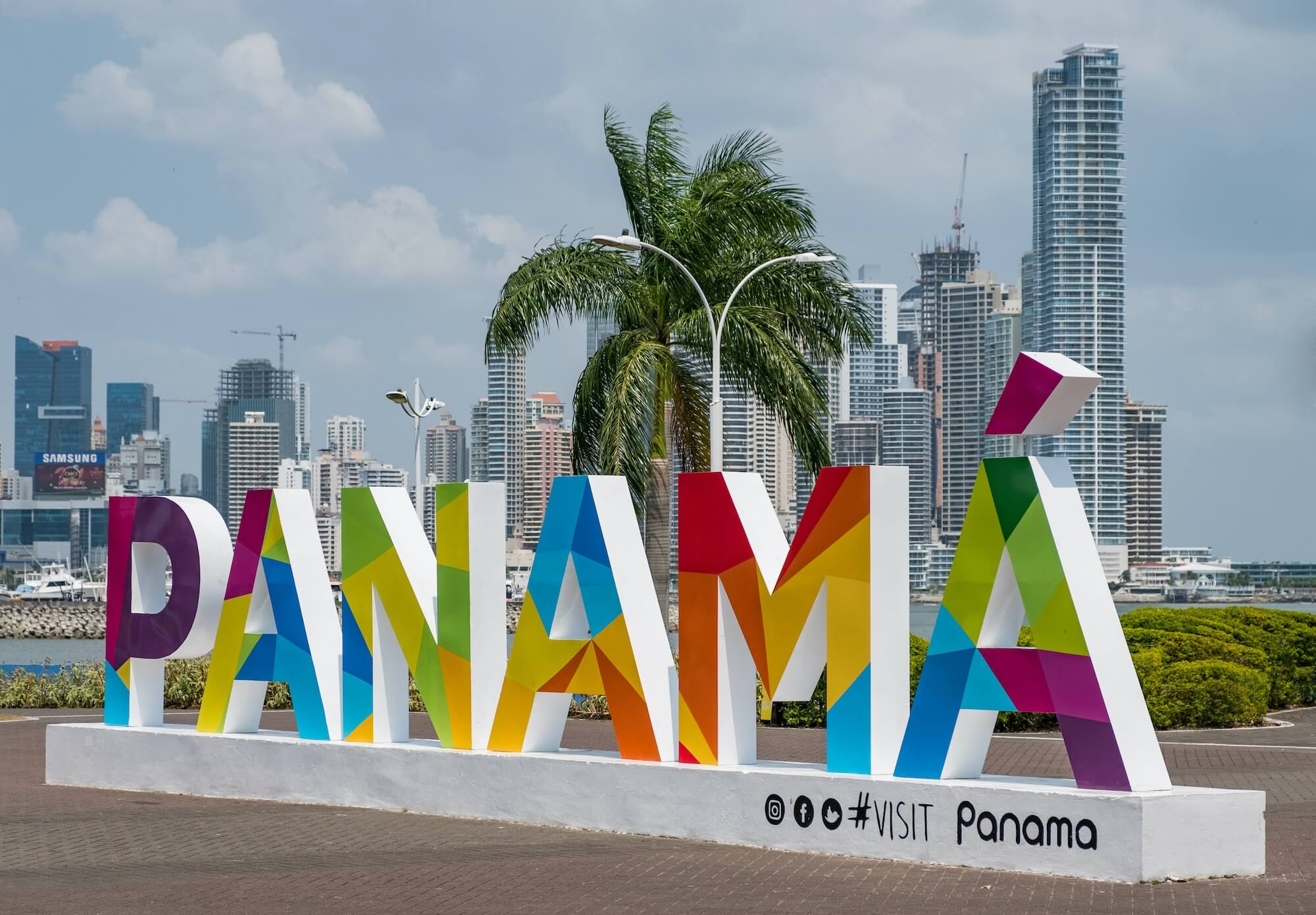
Cost of Living in Panama 2020: The Ultimate Guide
The cost of living in Panama varies greatly, as does possible lifestyles. There are stunning million-dollar residences and there are two-bedroom condos in Chiriqui that go for $480 a month, furnished. Most expats who come to Panama end up somewhere in the middle.
In this guide, we’ll take you through a comprehensive tour of the cost of living in Panama. We will start with a breakdown of the various areas of Panama, as this will affect your cost of living greatly. Then we’ll dive into budgetary items that tend to be more set, such as transportation and entertainment.
City Living
Deciding where to live will be the biggest driver of your monthly budget. Living in one of the more developed areas, you will definitely spend less than you would in a comparable city or beach town, but you’re not going to live well on the “$1,000 monthly budget” you read about.
The “$1,000 monthly budget” will be best achieved in one of the more off-the-beaten-path parts of Panama, which have a special kind of charm and seclusion. Most expats prefer to spend a little more and maintain a lifestyle that more closely reflects what they’re used to.
Regardless of where you choose to live– there are some very real benefits that come with being in Panama.
- Tax incentives on real estate purchases
- Developer financing at below-bank percentages
- Fantastic rent-to-own options
Additionally, a strong high-season and retiree/expat rental community provide a reliable income stream for investors while property values escalate. More and more young professionals are starting to finance their retirement property.
There are great deals and lifestyles to be found all over, but as mentioned, the area you choose will greatly determine your options. Below, we go through some of the main areas expats tend to live in Panama– starting with city options, then moving through the mountains and beaches.
Panama City
Panama City is a sophisticated urban center offering an upscale, first-world environment with a wide variety of restaurants, retail shops, and cultural events. Jazz clubs play into the night while patrons sip craft cocktails. Restaurants offer stunning views from fifty stories up and yachts float in Panama Bay.
Residential options are almost limitless, from skyscrapers to historic colonial homes harking back to a time when the United States occupied portions of the city including Ft. Clayton and the Howard Air Force Base. It also has dense apartment buildings without air conditioning, flapping laundry from the open windows and squatters in buildings that never recovered from the US invasion overthrowing a dictator in 1989.
For most expats who elect to live in Panama City a nice one-bedroom apartment can be rented for $900 a month and a three-bedroom apartment will cost around $1,500. These are just averages so you can easily go up or down depending on what amenities and location you desire. Because many of the condos located in high rise buildings are investments, you can take time, keep digging and get a real bargain from an owner who will take less.
Avenida Balboa is the main drag in Panama City and it is located with Panama Bay on one side and the heart of the city on the other. Stunning high-rises are located there offering lovely residences that can be rented for less than you might imagine. The iconic Yacht Club Tower because of its location on the Avenida and shape like a giant boat with 57-stories, can be rented furnished for around $1,500 a month or $400,000 for purchase. Other residences in Panama City in that area could start for as little as $1,000 a month.
San Francisco is another great option for living in the heart of Panama City. A nice two-bedroom apartment, furnished will run as low as $900 a month and often the average monthly fee would be $1,500 and easily going much higher for larger more prestigious residencies with a view. San Francisco is close to everything including MultiPlaza Mall and public transportation.
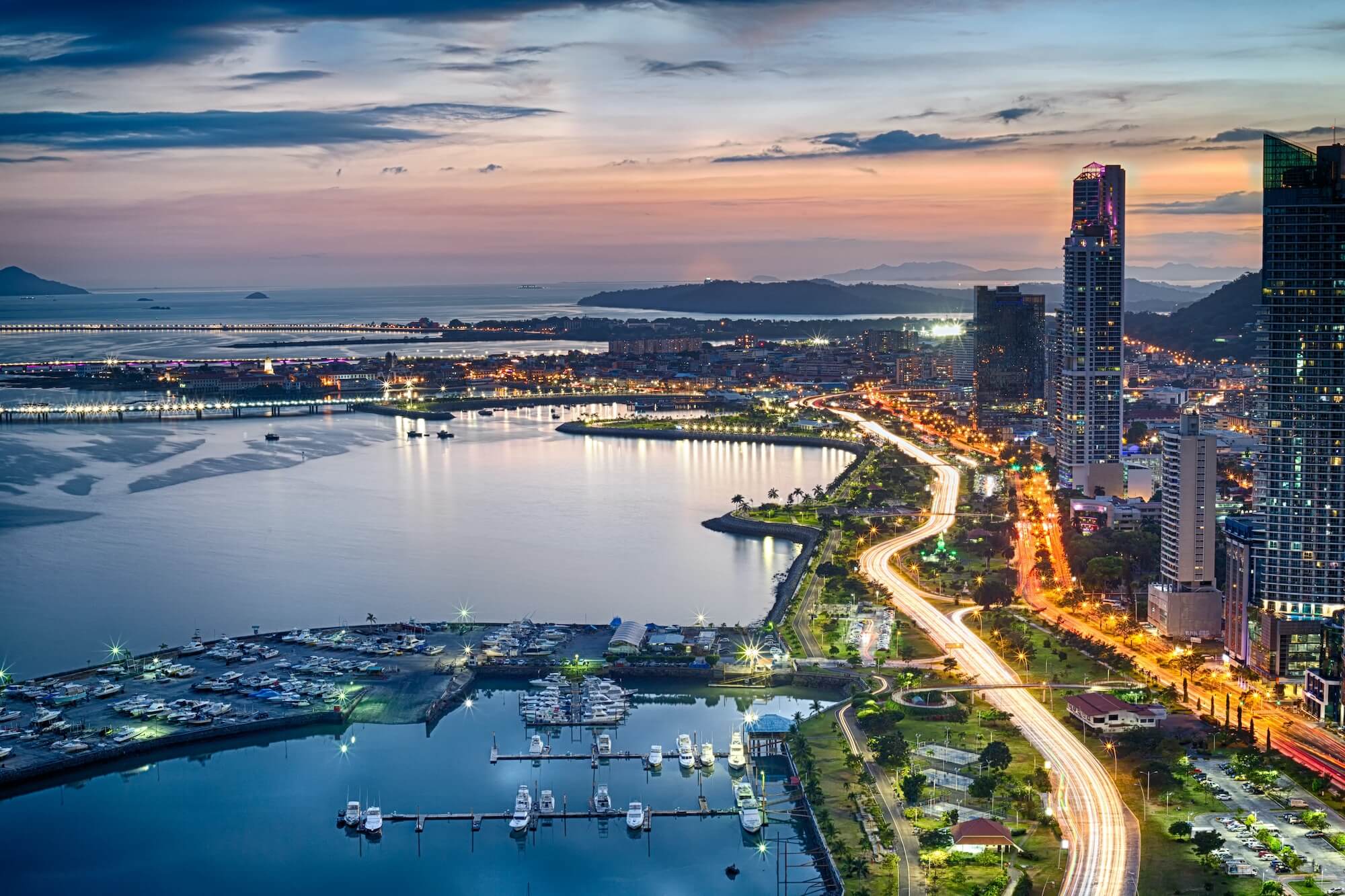
Costa del Este is a planned community outside Panama City and close to the international airport. This area has quickly become the multi-national company hot spot with more than 130 companies locating there. There are residences with 4,000 square feet with separate elevators and maids’ quarters that go for over a million dollars and apartments selling for $175,000. Everything one needs from upscale grocery stores to swim schools and international schools is located in Costa del Este. Rents can be found for as little as $750 a month. While there are retired expats, this area of Panama is full of international executives, their families and up and coming young Panamanians.
Costa del Este is a very diverse community because over 130 multinational companies have regional headquarters with a base of transferred executives and trailing spouses.
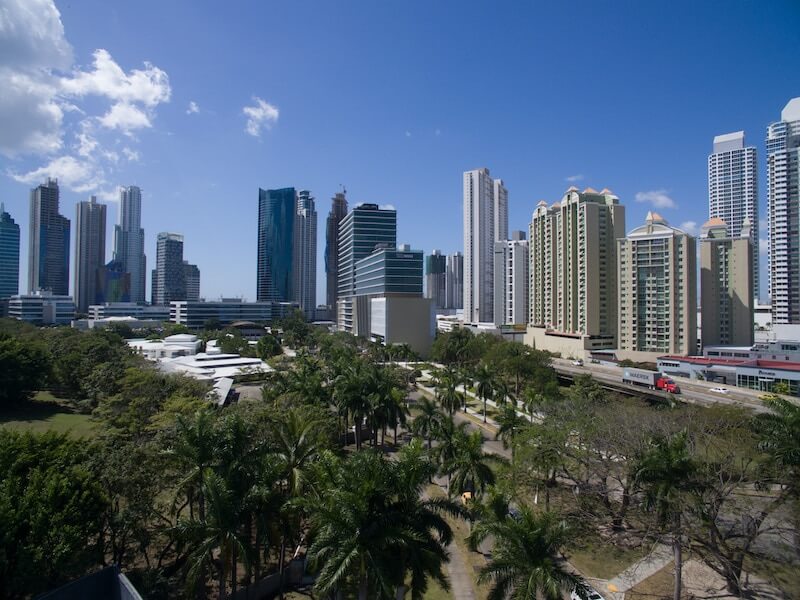
In addition to the many condominiums in high rise buildings, there are single family homes you may rent within the urban core of the city and many of those can be found in Clayton and the old US Army base. These residences are normally rented to individuals and their families working in the US Embassy or in an NGO in the City of Knowledge. A two bedroom condo will run around $1,500 but some of the larger homes will rent for $5,000 a month.
Embassy Village is an exclusive residential complex in Clayton with amenities such as six swimming pools, playgrounds, a soccer field, tennis courts, a basketball court, gymnasium and social area including a barbecue area. Easy access to the subway and City of Knowledge with great restaurants and retail is also attractive. A two-bedroom two-bath condominium will run around $325,000 for 1,300 square feet. There are also three bedroom options and all come with balconies or a terrace and two parking spots.
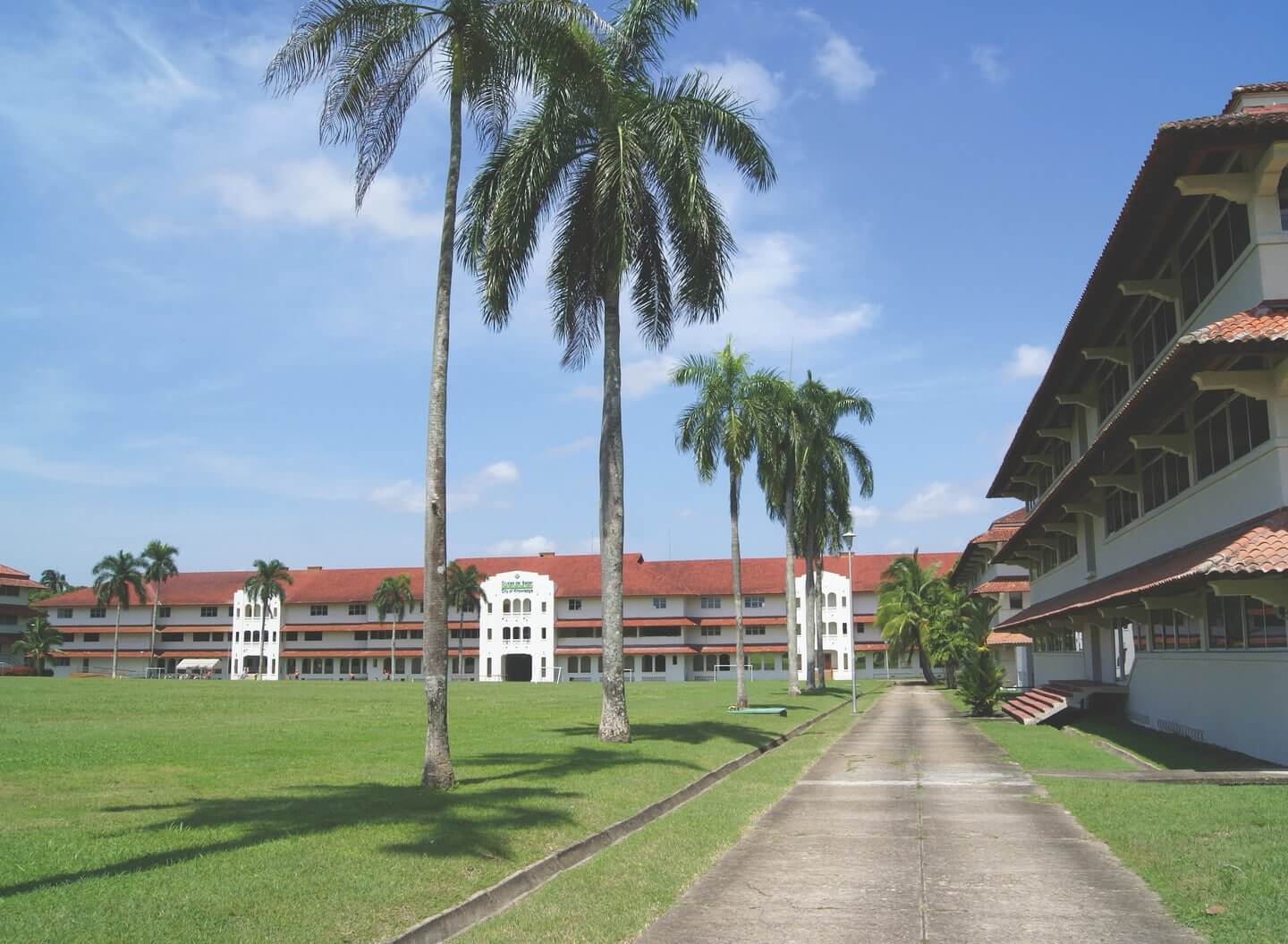
One of the most exclusive places to buy or rent property is in the old city of Casco Viejo. Only a decade ago, squatters lived for free in what is now the stunning Central Hotel Panama where a rooftop pool offers dramatic views of the city and imported New York steaks are served along with Argentinian wines.
Almost everything has been gentrified and it’s the heartbeat of Panama’s entertainment district. Restaurants abound, tourists mill in the cathedrals all day and walk on the brick streets that line the center squares. Retail consists mainly of art shops and tourist aimed products. The American Trade Hotel sells the best coffee in the world in little bags for $45. Views onto the water are had from multiple locations and often from the top of an upscale restaurant bar. Panama’s version of the White House sits in Casco Viejo.
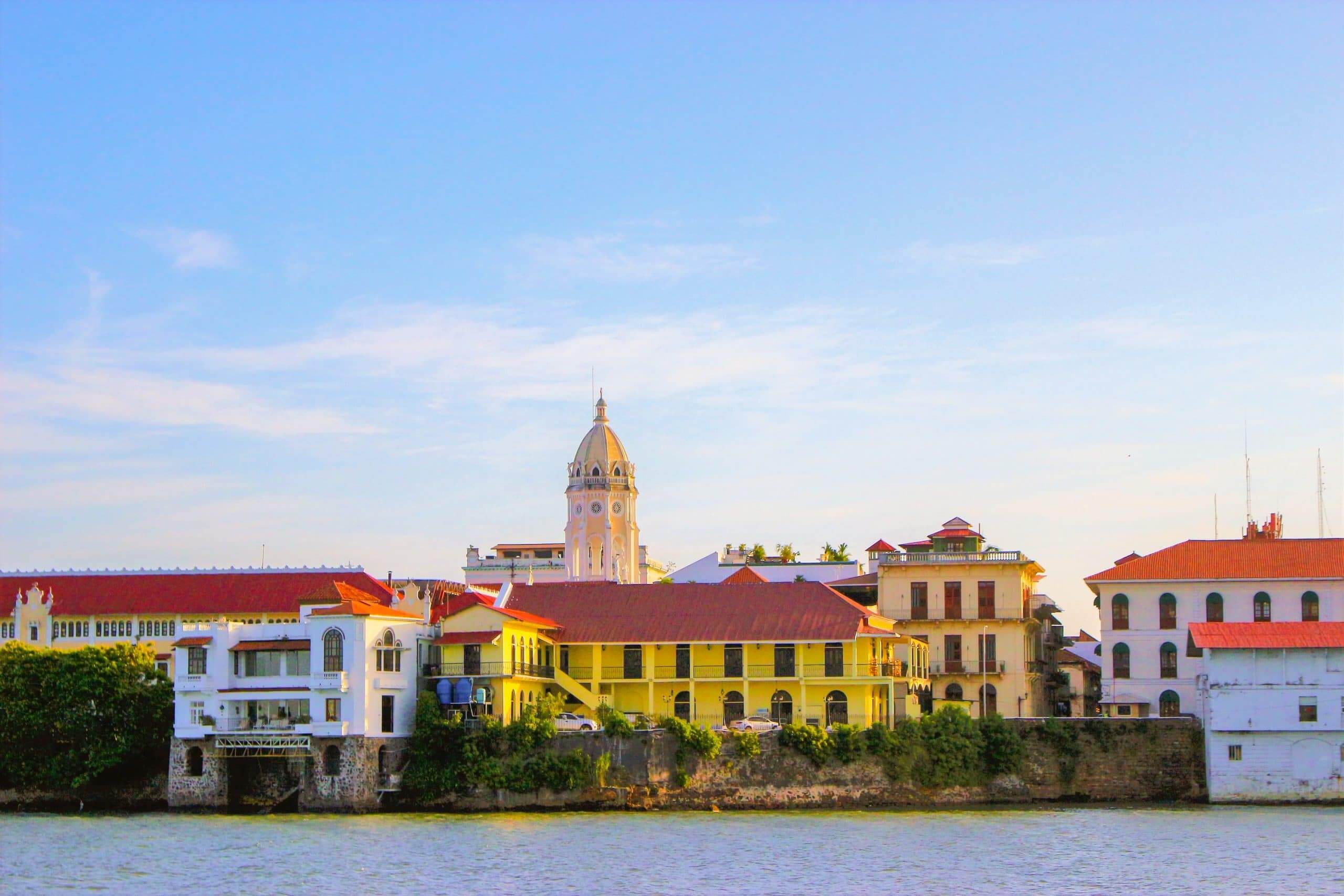
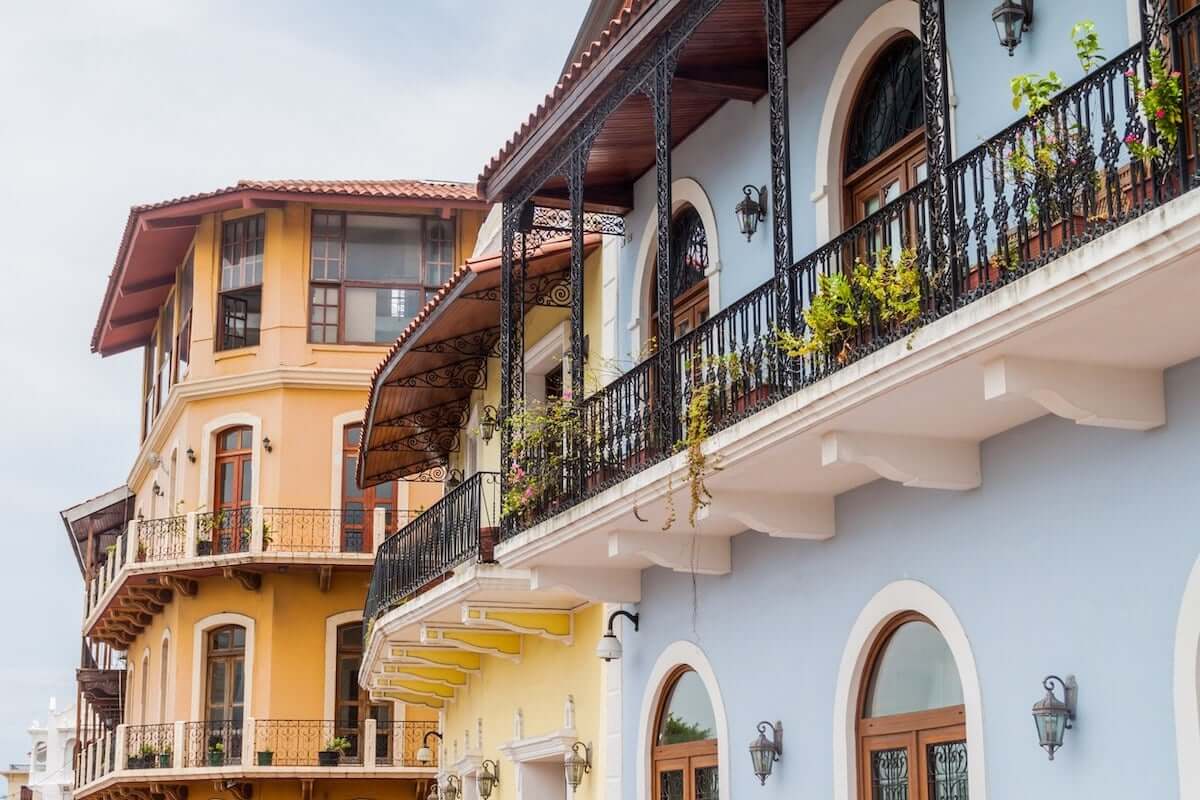
Apartments here are gorgeous, and also among the most expensive per square foot in Panama. It makes sense– Casco Viejo has limited inventory compared to the 50-floor high-rises of Panama City, and the district’s status as a tourist and nightlife hotspot means there is plenty of demand. Still, if you’re used to the high property prices in expensive cities like NYC or Toronto, you’ll find even the highest Panama prices to be comparatively low.
You can rent a chic one-bedroom apartment for under $1500 a month, or a larger three-bedroom for closer to $2500. A one-bedroom condominium will sell for around $250,000-300,000.
Compared to buildings in Panama City, with their infinity pools and upscale gyms– amenities will be limited in Casco Viejo buildings. You’ll be lucky to find a pool or assigned parking. But internet and utilities are top-notch and the residences which have been restored are generally absolute stunners.
As the “old city” continues to grow into areas outside the very heart of the city, you may be able to find real estate bargains if you are willing to wait for the area to catch up. Only a few years ago, a lovely two-bedroom condo in the heart of Casco Viejo sold for $695,000 and today is listed for $1.1 million.
Located 15 minutes from the city center are two areas that are very attractive to expats and their families. Veracruz is a small village of 20,000 and it is largely occupied by Panamanians. There are two high-end hotels located there—Playa Bonita Westin and Dreams Resorts as well as the residences of Casa Bonita. Just down the road but still considered Veracruz is an emerging area called Majagual where ocean facing two-bedroom apartments rent for $1,100 a month and five-bedroom homes sell for $325,000. In addition to the Majagual area is the demographic-changing planned community of Panama Pacifico.
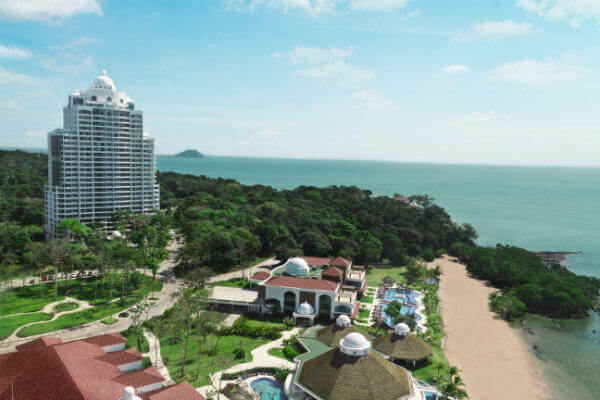
Casa Bonita is a unique residential option for expats and is primarily the only luxury option officially outside Panama Pacifico. Well-educated and well-traveled individuals living in the 23-story building overlooking the Pacific Ocean, Panama Canal and the rainforest, keep the conversations interesting.
Rent for a one-bedroom apartment may start as low as $1,100 a month and purchasing options start around $325,000 with developer financing. Amenities abound and residents have complete use of all the restaurants, pools and other resort-style options offered at the five-star Westin Playa Bonita.
The Westin Playa Bonita is about as luxurious as it gets, with a glamourous pool area, lavish on-site amenities, and beachfront access. It’s not a big swimming beach, but it’s lovely nonetheless to walk along the shore.
These areas are interesting to expats and investors for several reasons. Both Panama Pacifico and Majagual, located along the western side of the Pacific Ocean/Panama Canal could not be developed until the Panama Canal was turned over to the Panamanian government twenty years ago. The area is just now being developed, so Majagual remains for now, considerably underpriced while Panama Pacifico, which has been highly developed, is expensive but offers an incredible lifestyle. Both areas are in close proximity to Albrook which has a 700-store mall, airport and is a transportation hub for the Panama Metro.
Tax and other incentives are offered to multi-national companies to locate in Panama Pacifico creating 40,000 jobs and residential developments supporting 60,000 citizens from all over the world. A British company has an initial 40-year contract to develop the old Air Force Base, which is renewable for another 40 years.
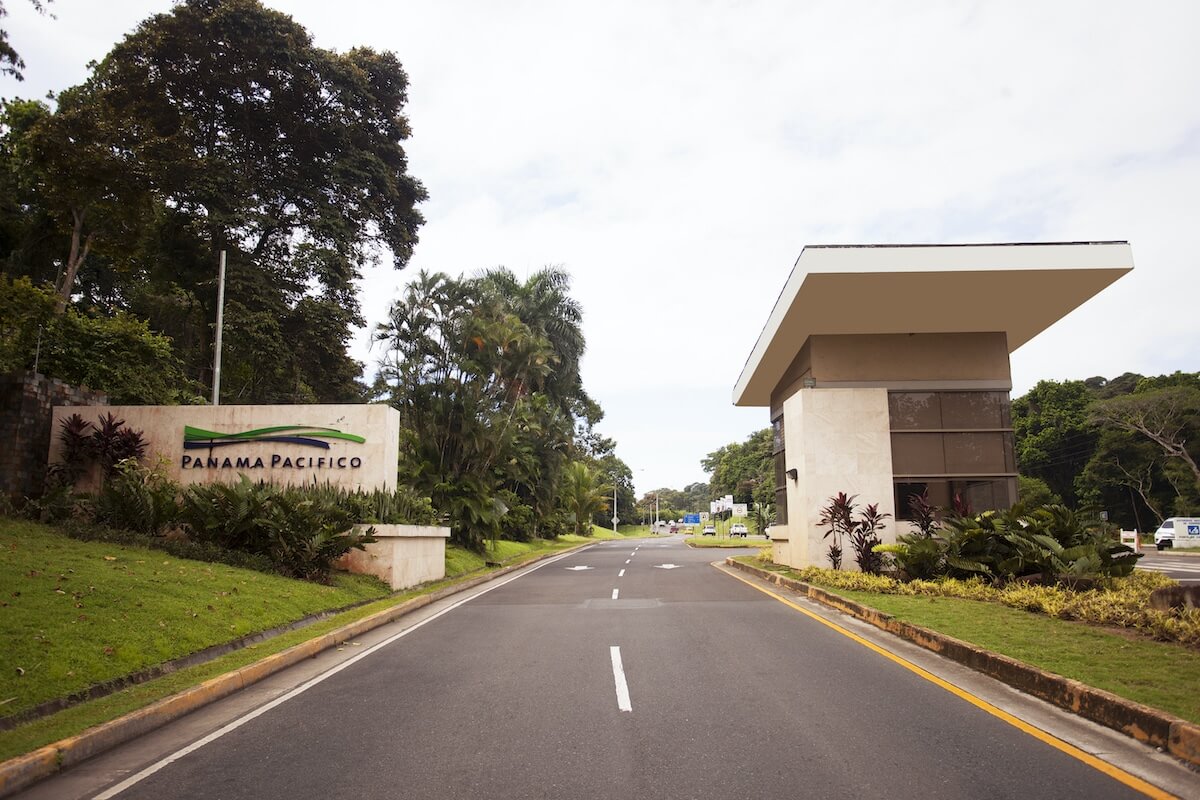
Every type of residency is on offer from single family homes running around $350,000 to start and condos for less than $200,000. Modest apartment buildings filled with amenities are offered for a $650 monthly rental for a one-bedroom.
The area of Veracruz-Panama Pacifico is completely self sustaining with a large modern grocery store, Riba Smith along with specialty markets and restaurants, including great local fondas with fabulous fresh fish options.

There is also excellent education. Three secondary and two universities are located in Panama Pacifico.
- Howards Kids Academy teaches a bi-lingual program for pre-kindergarten to eighth grade students and is more affordable than many other private schools.
- The Magen David Academy is the only Orthodox Jewish International School in Latin America
- Lycée Francais Paul Gaugin de Panama offers a trilingual program for students K-12 grade.
The two university schools, Universidad del Caribe and Universidad Tecnologica de Panama are both four-year programs taught exclusively in Spanish.
Cost of Living in Panama Beach and Mountain Communities
Many expats, particularly retirees, prefer to settle down in a nice beach or mountain community rather than the hustle and bustle of the city. Certain areas outside of Panama City are more developed and, as a result, attract more expats, which in turn tends to drive more development. As you might expect, the more developed, expat-centric areas tend to have a higher cost of living.
Generally speaking, the closer you are to Panama City the more developed are the communities. But there are fascinating little pockets of culture and community throughout Panama. The fun part is finding the one that’s right for you.
The Coronado-Gorgona area is the most developed. These two beach communities are about an hour from Panama City, and a 10-minute drive of one another. Coronado came first– in terms of popularity and development– and the demand eventually trickled next door. Both communities offer miles of gorgeous beachfront, luxury developments, modern shopping and amazing restaurant options.
You can still get a beachfront condo for under $200,000, though $300,000-400,000 will get you some serious luxury. You can rent an ocean-view condo starting at around $1,000/month. The most luxurious buildings are $1200-$1500, and offer amenities like an 18-hole golf course. Compare those prices to a condo in Miami!
Expats who live in the Coronado-Gorgona area are generally not on a tight budget. Their money just gets them more than it would back home– enabling a lifestyle that wouldn’t otherwise be feasible.
Coronado-Gorgona is wonderfully situated on the beach but with easy access to three large grocery stores, an organic market, hardware stores, upscale delis and wine shops, dry cleaners, medical professionals and a clinic, casinos, independent and chain restaurants, veterinarians and furniture stores.
This area is a strong community for retiring expats with a large community from Canada and the United States. There are many activities such as dinner clubs, wine tastings, happy hours and social opportunities while volunteering. Many expats teach English as a second language, volunteer at schools or orphanages or clinics to spay or neuter animals. There are several golf courses in the area and an annual favorite competition features the Canadians vs. The World Golf Scramble.
Outstanding restaurants can be found in Coronado, including Restaurante Nazca 21 which specializes in Peruvian food. Luna Rosa is another favorite in the beach community.
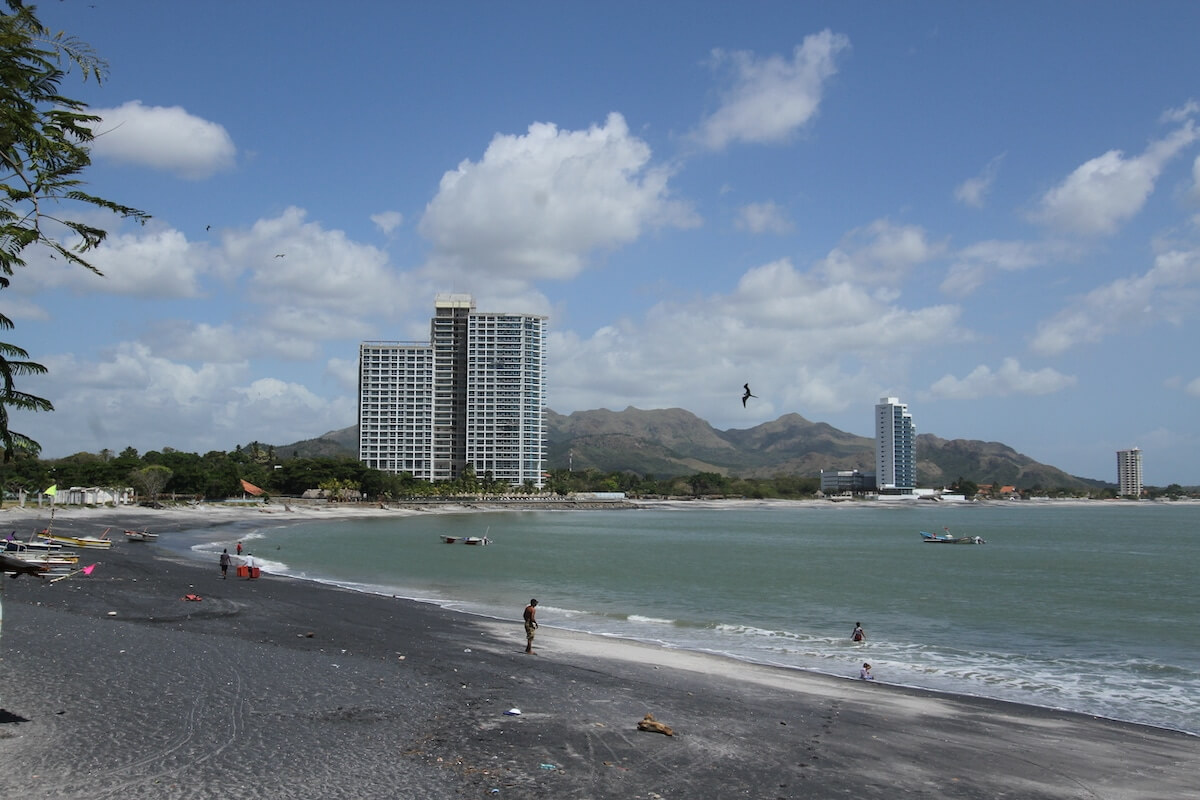
There are many other small communities as you go further away from Panama City including Santa Clara and San Carlos. You will find expats in these locations but in fewer numbers. The cost-of-living in these almost off-the-grid communities will be very low in terms of rent and utilities. Fresh fish and vegetables will be inexpensive, but when you start to go into Coronado and shop for anything, the prices will be much higher.
There is an international airport located in Rio Hato named Scarlett Martinez International Airport (RIH) which accepts charter flights mostly from Canada but also from the United States and Europe. The airport also brings well-heeled travelers to the luxury resorts in Playa Blanca including the JW Marriott, Sheraton, RIU and The Buenaventura Golf & Beach Resort.
Another highly rated place in Panama to retire is in Boquete, a community of about 25,000 people, mostly native Indians and expats from Canada, the United States and Europe. Located 4,0000 feet above sea level, there is no need for air conditioning or heat because the weather stays around 70 degrees year-round.
Known as “the valley of flowers and the eternal spring” there are over 1,000 bird species in the tropical forests, waterfalls, river locations and gardens which comprise Boquete.
Boquete is not as easily accessible as Panama City as it is six hours by vehicle and much closer to Costa Rica than the capital of Panama. If coming from the United States, once in Panama, a domestic flight to the city of David would be necessary and then another 50 minutes by vehicle to arrive in Boquete. It’s also not a beach community, but the beach is only about an hour away.
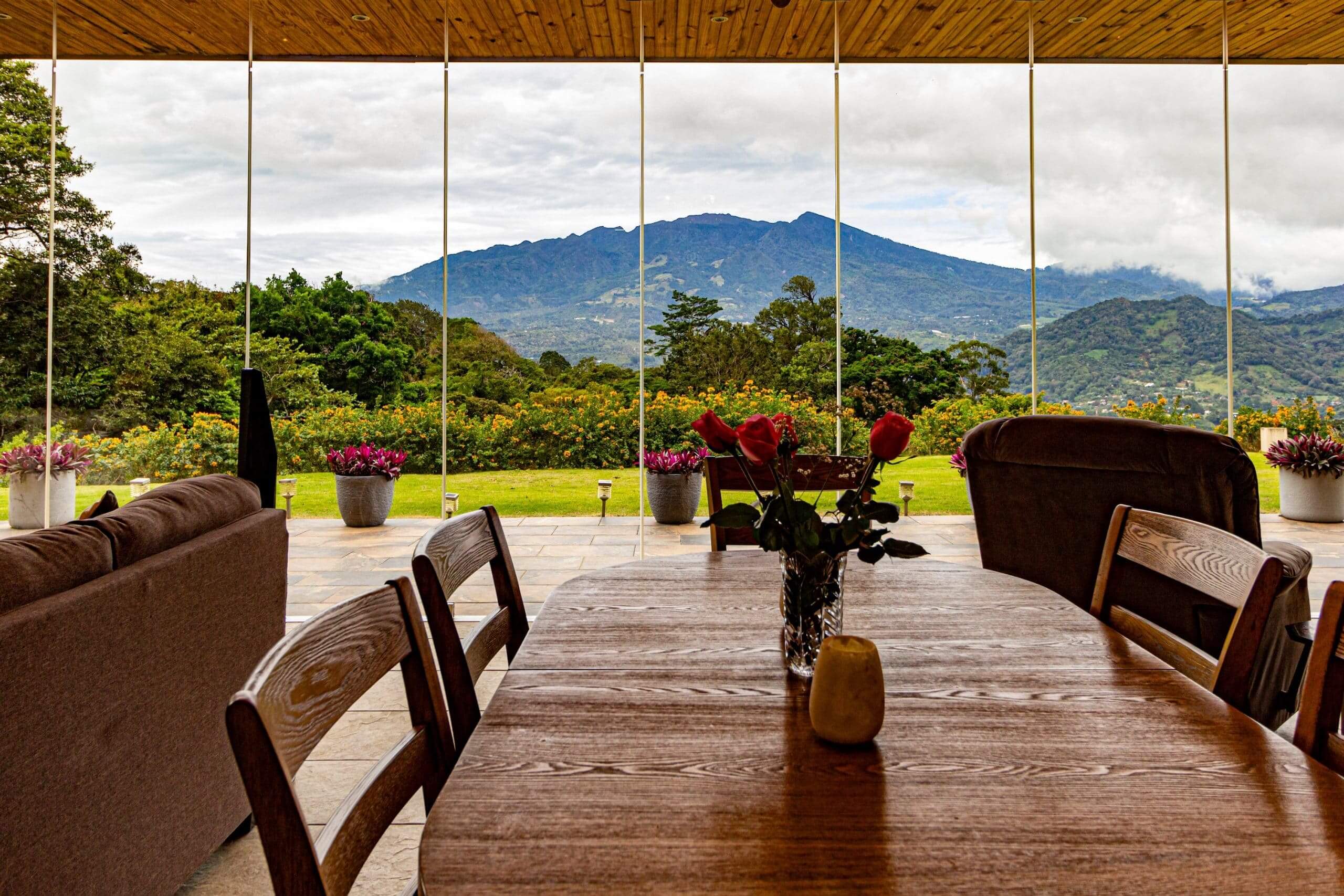
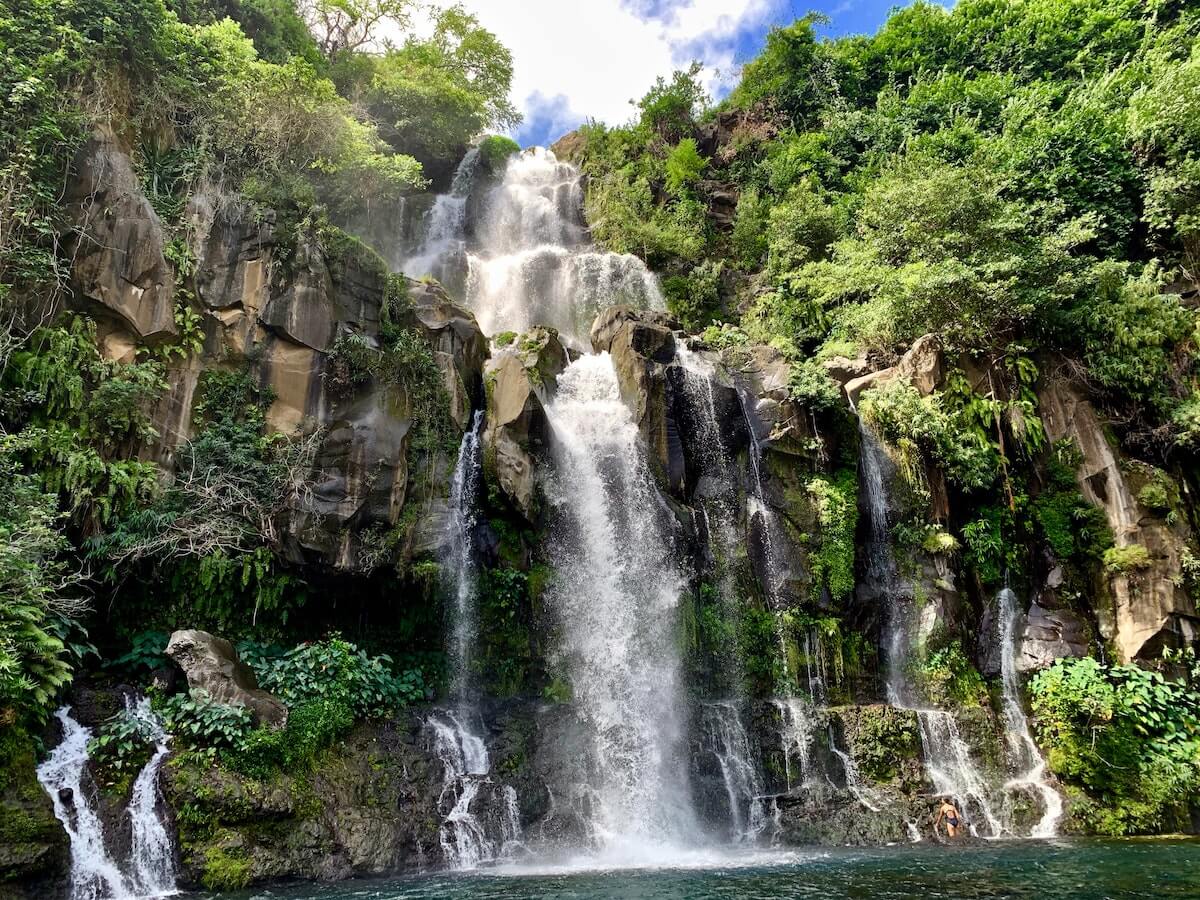
This is a place of incredible beauty and far from a sleepy town with little to do. There are fabulous restaurants headed by chef’s with international reputations and plenty of cultural events, outdoor activities like hiking, movies and local gatherings among individuals from around the world.
The high elevation in Boquete provides a welcome relief for many expat retirees who elect to call it home. Weather is much more moderate staying year-round in the 70s. There is also a very active culture scene framed by rolling creeks and lush green hills.
Rents for a two-bedroom apartment will start at $500 a month and single family homes can be purchased for under $200,000. Restaurants are a little pricy but worth it and you can find good Chilean wines for $5 a bottle. There is a “Tuesday Market” offering fresh vegetables and protein from the local farmers which is very inexpensive and healthy. There are two large grocery stores with a variety of goods but if you want American brands, you’ll pay more.
El Valle
Another popular expat community is El Valle, which is a short drive from Coronado and located inside an inactive volcano, Baru. It is the second largest inhabited volcano city in the world with about 8,000 residents. It is 2,000 feet above sea level with much cooler climates than either Coronado or Panama City.
Because the soil inside a volcano is so fertile, El Valle has an active farming community where individuals can buy, at very low prices, great fresh and healthy vegetables and flowers. While it is nice for residents of El Valle to go to Coronado for a beach fix, there are just as many expats from Coronado and Gorgona driving to El Valle for weekly vegetables, fish and other supplies such as handmade soaps and art.
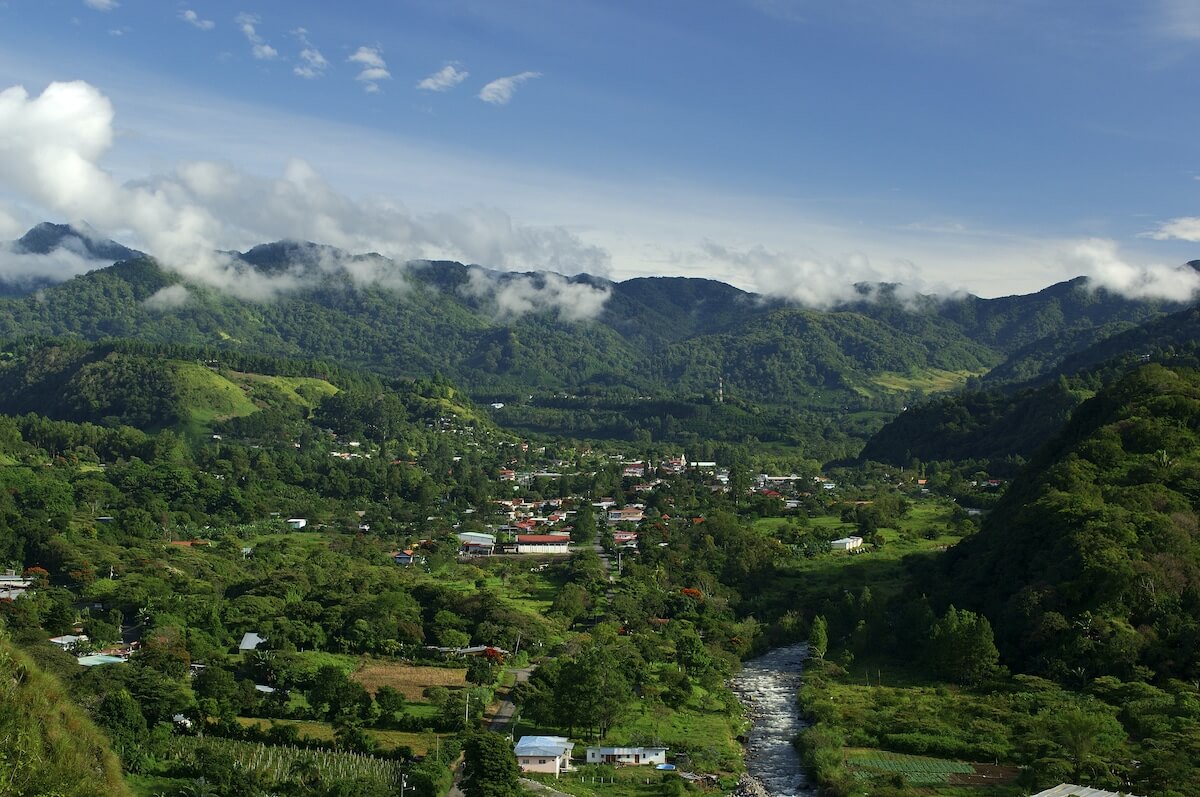
Pedasi
This small fishing village is perfect for individuals who are seeking a quiet life. Pedasí is located on the east coast, just off the Pacific Ocean and is approximately 200 miles from Panama City. There are approximately 2,500 people living in Pedasi and you will find people from all over the globe and a good amount of Panamanians—all living happily together.
Mainly a fishing village, there is a health clinic which attends to less-critical issues and if necessary, there are two hospitals fairly close—Las Tablas or La ViIla hospitals. This community is especially known for how expats and Panamanians live and work together. While small, Pedasi has a grocery, banks and other needed suppliers, but many people live off the land.
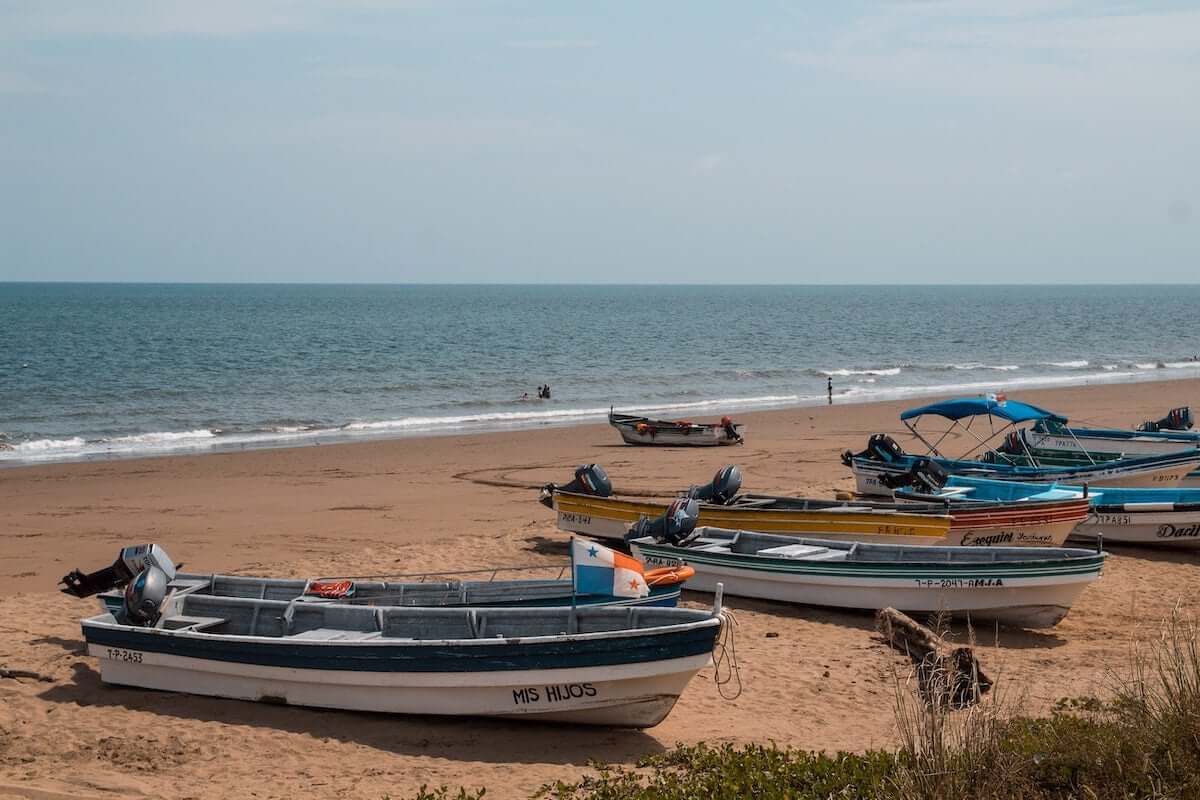
Rents and purchases are very inexpensive and you can choose to live right in downtown or on the very beautiful beach. Water sports abound including surfing, kite fishing, scuba diving and swimming. Be prepared for some power outages, but that has been greatly improved in the last few years. English is not widely spoken, but there are enough bilingual residents that everyone gets along.
Bocas del Toro
The archipelago is much closer to Costa Rica than Panama City and it caters to passing tourists and backpackers, with a year-round, almost-nightly party scene. Some expats have taken up in Bocas del Toro, though it tends to be wealthy retirees with vacation homes, entrepreneurial types, or interesting people who prefer to be off the beaten path.
It will take eight hours by private vehicle or 11 hours by bus to arrive in Bocas del Toro from Panama City or 45 minutes on Air Panama. You will first arrive in the town of Almirante where you will take a 30-minute water taxi ride to complete your trip to Bocas del Toro.
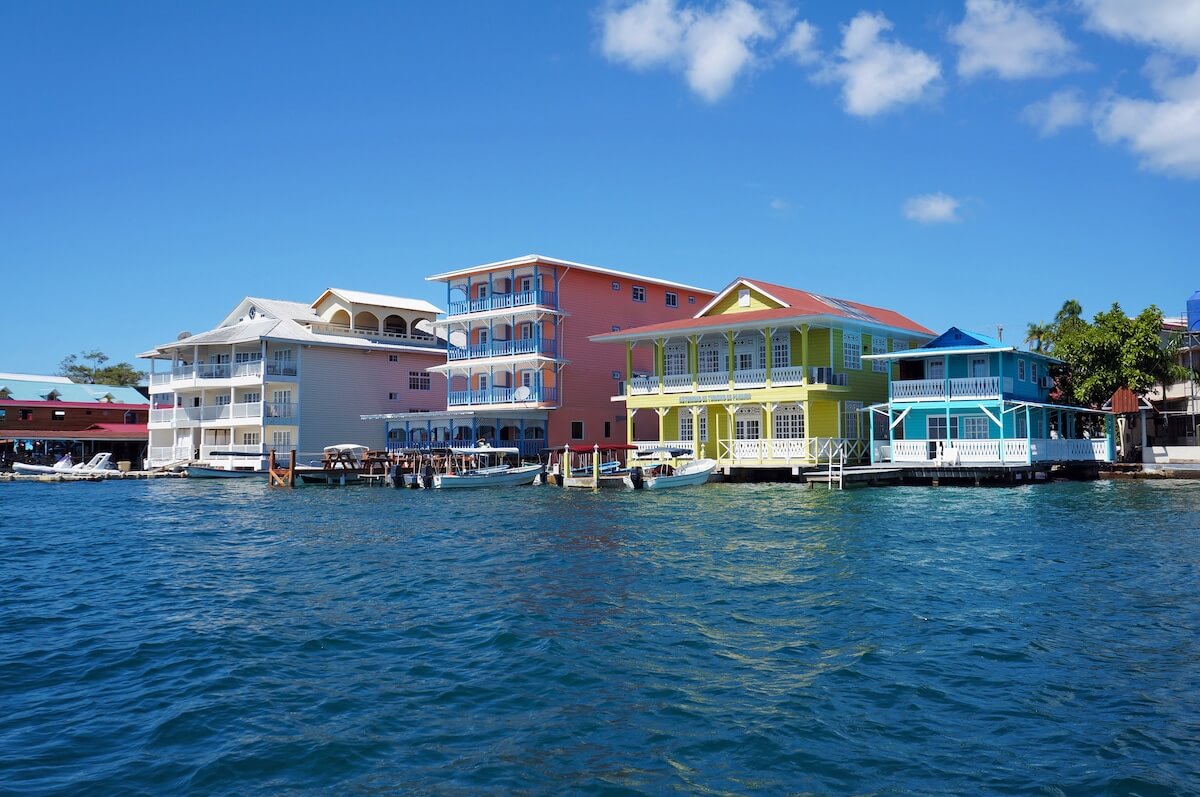
There are around 125,000 people who live in the Province of Bocas del Toro and approximately 10,000 reside in Bocas Town which is the capital and situated on Colon Island, the northernmost and main island of the archipelago. Others live in stunning homes on Red Frog Beach located on Bastimentos Island and others maintain small surf shops while living on Caranero Island with only about 1,000 permanent residents. There are nine main islands.
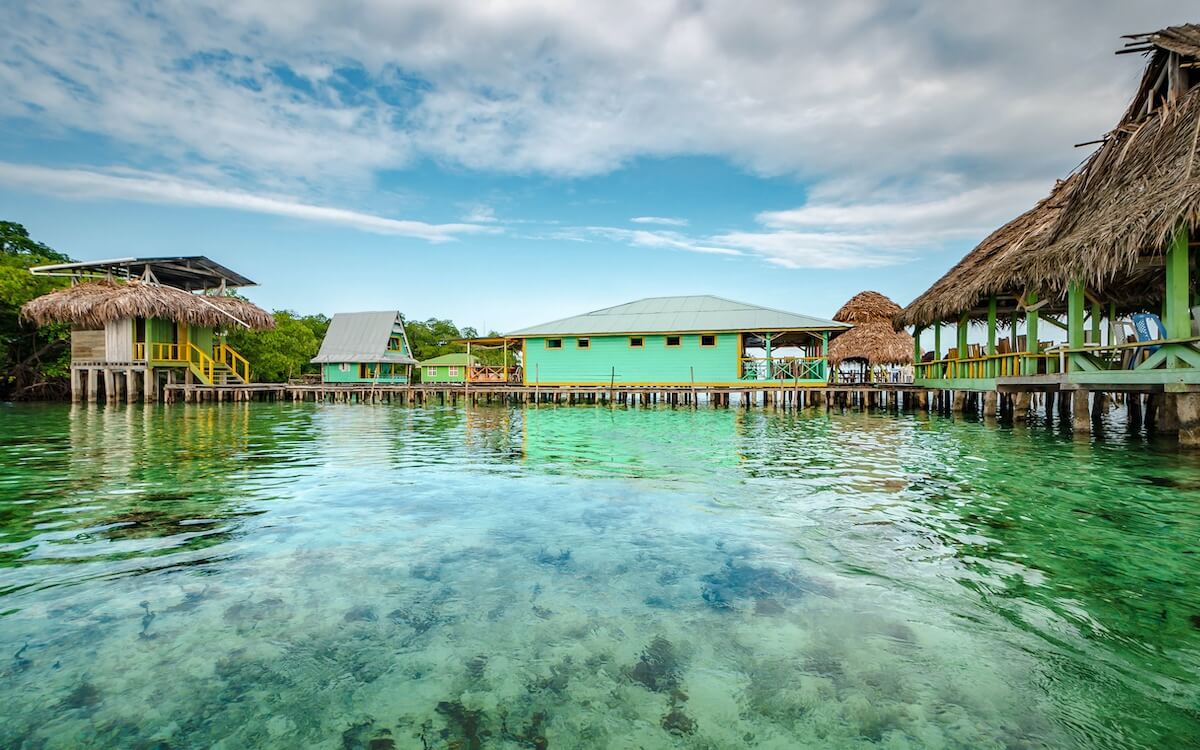
Bocas del Toro is very Caribbean. The waters are crystal clear and somewhere between blue and green. The islands get double the amount of rain than other parts of Panama, but it usually only lasts a couple of hours in the afternoon during about four months of the year. Palm trees offer coconuts along the white sand beaches that go on for miles.
Bocas Town is very touristy and does not present as well as it could. There are shabby parts in the area where the water taxis, hostels and tour operators are located. There is only one bank, traveler’s checks are not accepted but major credit cards are. Recently bright recycling bins have popped up and most people are working toward maintaining the natural beauty of the island.
Then, there are all the other islands to consider. But don’t forget even if you locate on another island within Bocas del Toro, you will need to come and go through Bocas Town unless you have a helicopter or yacht to circumvent the backpacking crowds. The more inhabited islands will have small retail outlets and you can buy a bag of fresh vegetables for around $8. Fish is always in abundance and inexpensive if you plan on cooking it yourself. Because the area is full of tourists, there are plenty of expensive restaurants.
When you are on any of the outlying islands, there is a strange pull giving you the feeling you are back in 1502 when Christopher Columbus first discovered the islands. Most of the other islands’ inhabitants are natives and many of the islands have no inhabitants at all.
There is Solarte Island where two hundred Ngöbe Buglé indians maintain a fishing community without electricity or telephone service, capturing water from a well. However, these natives have recently been joined by a group of individuals who want to be a sustainable community “living in harmony with nature.” They are selling “jungle lots” beginning at $20,000 and “waterview lots” for $29,500. A deep water lagoon farm starts at $295,000 for 7.5 acres.
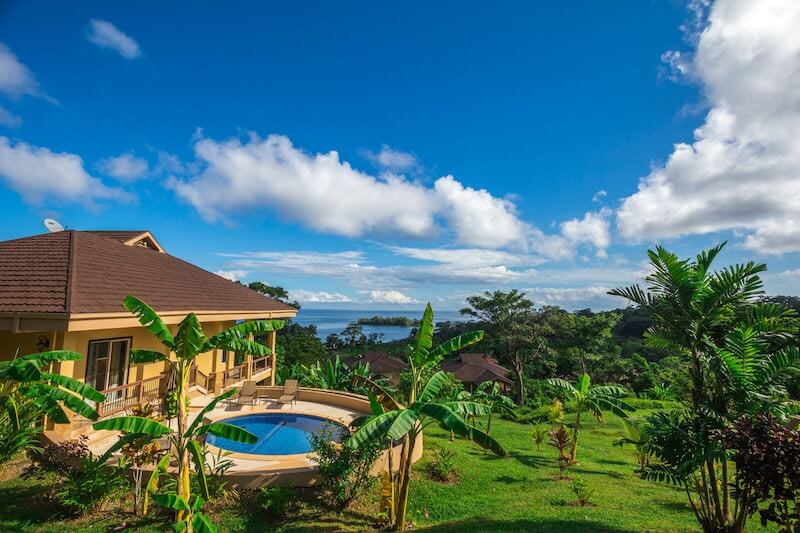
Bastimentos Island is very interesting since there is a residential development that is a cross between a resort and permanent residences called Red Frog Resort, a Green Globe Certified community. They recently announced the construction of studio, one- and two-bedroom apartments starting at less than $200,000.
Red Frog also has a number of existing villas that have anywhere from three- to six-bedrooms, every possible amenity starting around $600,000. Other condos, with ocean views start at $199,000 and Jungle lodges at $220,000. A unique offering starts at $89,000 for the use of a villa for five weeks of the year. The villas are fully furnished and provides fractional ownership with equity and tax incentives. The Travel Channel called Red Frog beach “One of the Worlds Best Secret Beaches”.
The development has a grocery store, some paved roads (a golf cart is the main form of motorized transportation), restaurants, zip line and other tours such as birding and chocolate farms, boat rentals and snorkeling and scuba diving opportunities, spa, beach club and co-working spaces. Many of the homes are part of the property management program offering guaranteed 15% ROI on rental property.
Las Tablas
This small town is located near the Pacific Ocean coastline and is rapidly picking up new residents as expats from all over the globe realize its proximity to larger cities such as Chitré, while offering a laid-back and low-cost style of living. Single family homes with two-bedrooms and approximately 1,100 square feet can be purchased for $50,000 and rent for a two-bedroom home would start at $350 and three-bedrooms may go as high as $600 a month.
Most locals are involved in farming so fresh vegetables and protein such as fish, chicken and beef are delicious and low-cost. This is a very traditional Panamanian community and they know how to celebrate. Expats enjoy mingling with the locals during street celebrations and especially carnival. There are several good restaurants in Las Tablas that are inexpensive, but recently a new McDonald’s also started serving in Las Tablas. Can you say “magnífico”?
Everyone gets along in Las Tablas and what’s not to like? You have easy access to the white-sand beach with opportunities to swim, sport fish and simply take a siesta. This is unspoiled territory, so you’ll see a lot of wildlife including a number of bird species, sea turtles and iguanas. Everyone is friendly and if you need medical care or anything other than the basics you are 20 minutes from Chitré with shopping outlets and medical facilities.
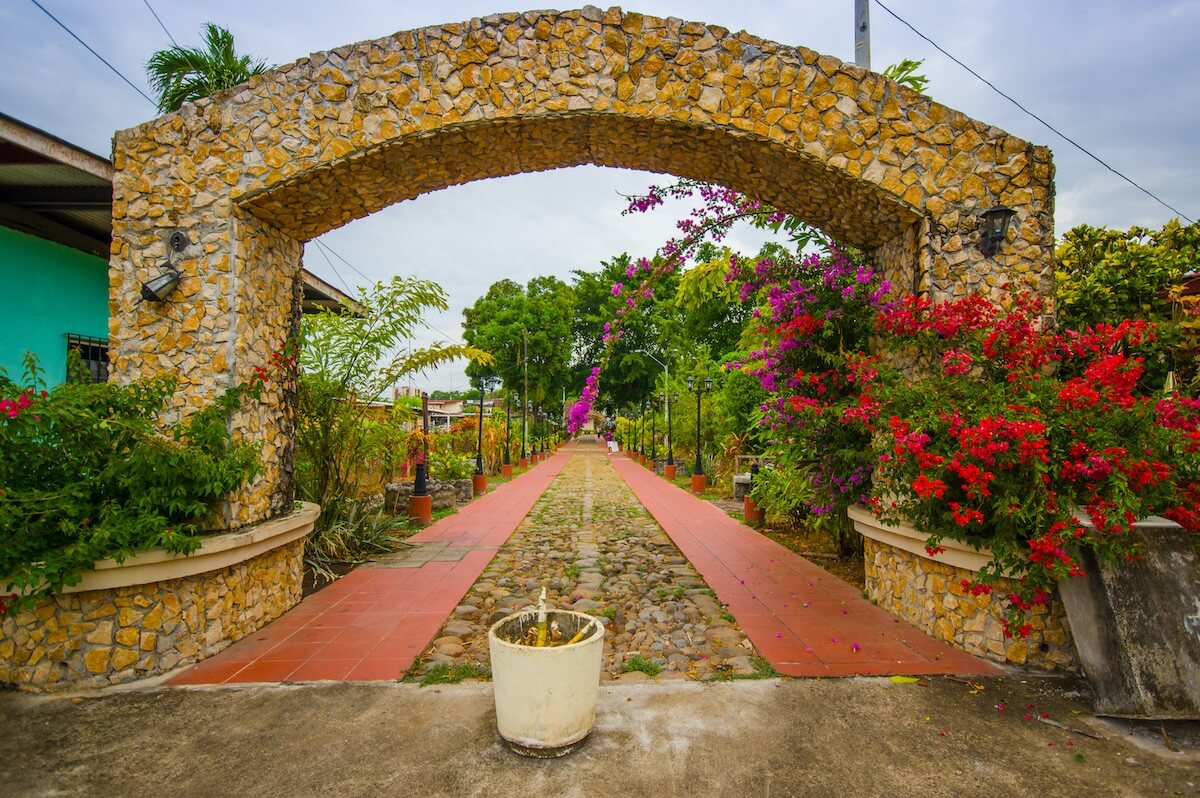
Cost of Living in David/Las Lajas
David is a large city with over 85,000 residents, a strong middle class, manufacturing and service industries and is the economic center and capital of the Chiriqui Providence. There is a strong and growing expat community in David, which is located much closer to Costa Rica (19 miles away) as opposed to Panama City (270 miles away).
There is plenty to do in David but it is not located on the beach or near any large body of water. It will take 35 minutes by car to get to the Pacific Ocean and the closest beach, La Barqueta. This section of the shoreline is black sand and not good for swimming because of the riptides, but you can stroll for miles. Las Lajas, which is 47 miles east of David and located on the water is a swimming beach and it attracts expats from around the world. The distance between a swimming beach and David is similar to Panama City to Coronado.
Baseball is very important in David and in 2018 the Kenny Serracin baseball stadium was opened to 8,500 fans. There are 12 teams in the Chiriqui Providence and when the games are on in March and April you will see excited Panamanians sporting their favorite colors and cheering on their team. Attending the games is inexpensive and exciting.
Saturdays are big days in David as the David Saturday Farmer’s Market is open offering every type of fresh vegetable, flowers, souvenirs and baked goods. This market is enhanced by the Public Market Cold Chain located nearby offering more vegetables, fruits, fish, sausages, meats and poultry. Inside there are places offering meals with courtyard type seating. Many families take the time to go to the small fondas in the area for breakfast.
The Mercado in David offers fresh vegetables and other vendors have fish, chicken, beef and pork on offer. Many expats make it a Saturday morning shopping at the Farmer’s Market and the mercado. Inexpensive fresh food for the week.
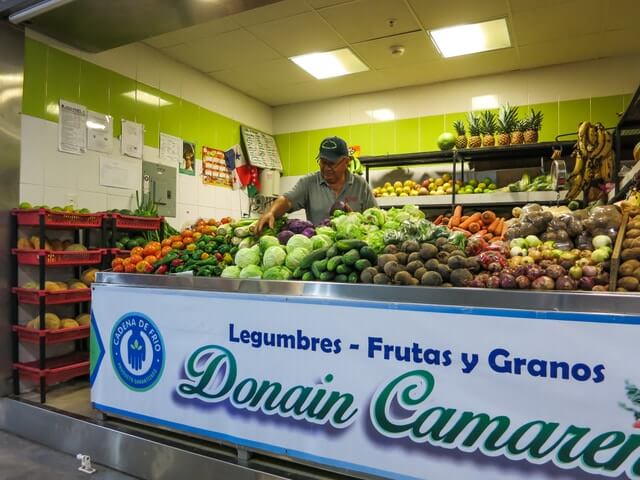
Colon/Portobelo
Colon is the lost sister of Panama City but it has its own charms and identity. With over 200,000 residents residing in Greater Colon making it the country’s second largest city. For every ship that comes to or from Panama City by way of the Panama Canal, just as many come to or from Colon since the two cities are the beginning and the end of the passage.
The Port of Colon has been supported by cruise ship passengers, but that may change once the two cruise piers open in Panama City on the Amador Causeway.
Colon has the world’s second largest Free Trade Zone, only behind Hong Kong. Colon also has currently the only cruise ship pier in Panama and consequently a large shopping and restaurant enclave exists to accommodate cruising tourist who have just completed the transition. But Colon has not been cared for as much as other regions and there is a big effort to revitalize the city.
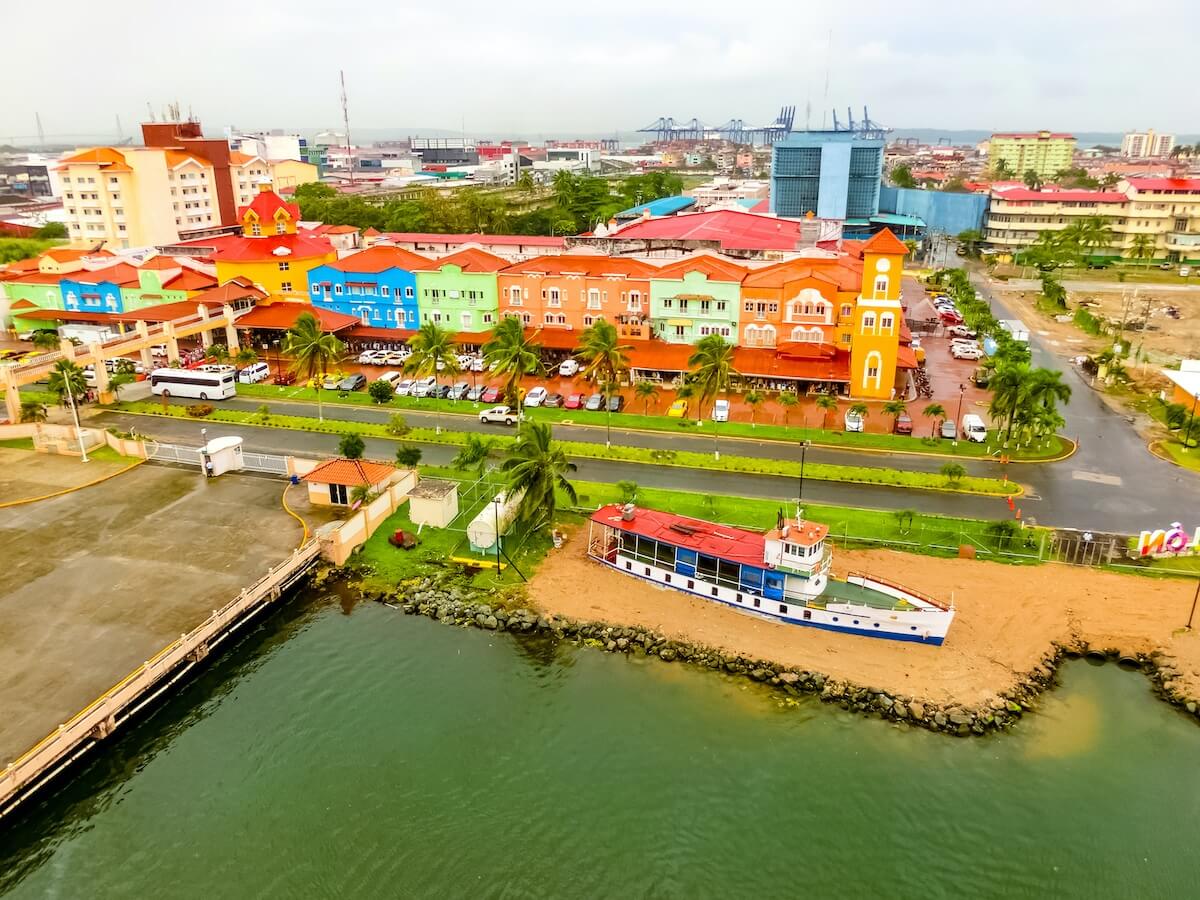
A new highway was opened recently which granted greater access to Colon from the rest of the country. Nonetheless, many employees come to Colon to work in the Free Trade Zone and then return to their homes outside Colon.
There are expats living in Colon and they manage a lifestyle that includes a one-bedroom apartment renting for $535 a month, utilities for $113 a month, a basic dinner for two in a bar will cost around $12 and a cocktail or wine will run $8. Food and other basic necessities run about what it would cost in Panama City
Portobelo, a community of 3,000 is an affordable option that consistently flies under the radar for most expats. Because it was once a booming shopping port, Spain built a number of forts in and around the city which are today stops for tourists.
If you prefer the Caribbean side of Panama, which is much quieter than the Pacific side in terms of water movement, you might like to simply live on your sailboat, docking off Portobelo’s coast, but if not, a three-bedroom furnished apartment can be rented for $950 a month.
What The Basics Will Cost
While things such as food and utilities will vary depending on where in Panama you live, certain costs– such as public transportation and gasoline– will be pretty much set.
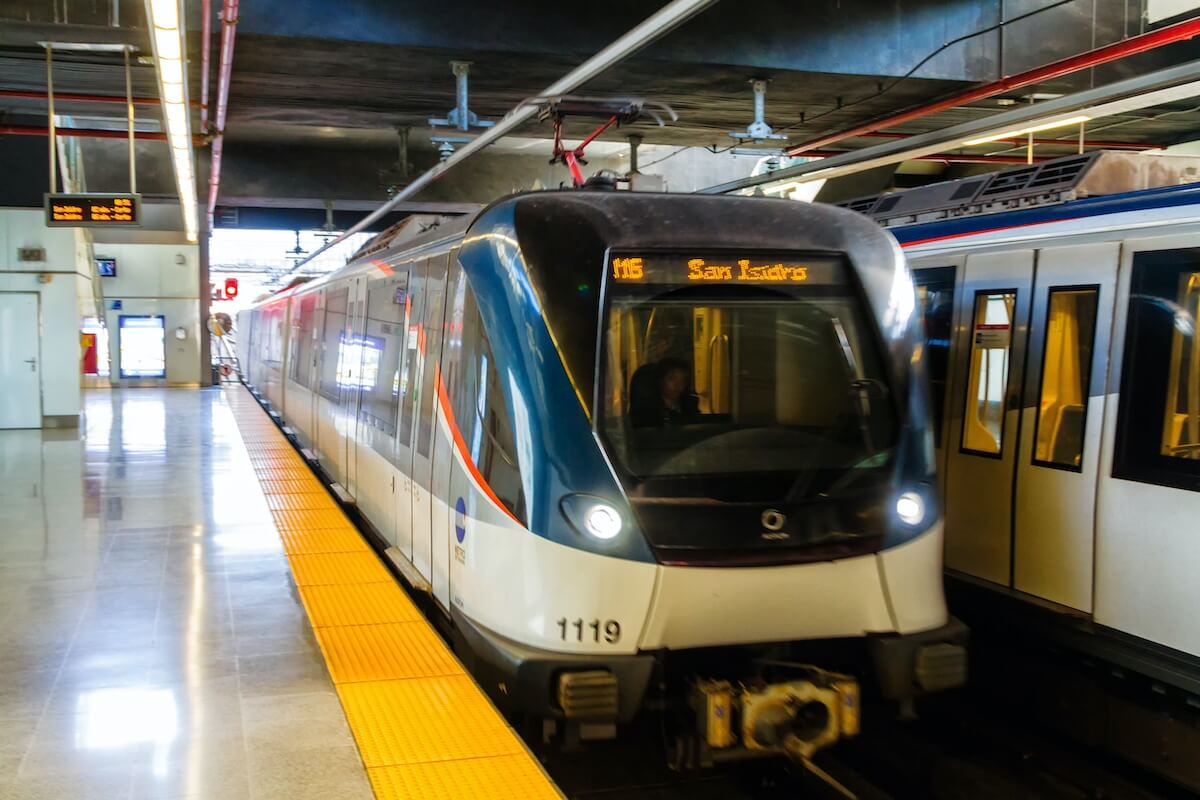
Transportation
Most expats will choose to have a vehicle unless they live in Panama City. The subway and bus system in the city is modern and affordable, there are taxis everywhere, and you can order an Uber or Lyft. It’s still nice to have a car so you can take trips to the beach and mountains, but generally speaking you don’t need a car in Panama City.
Here is how transportation costs in Panama compare to the U.S.:
- Average cost of a one-way metro/bus ticket in the US: $2.40
- Cost in Panama: 25 cents
- Average cost of a monthly toll pass in the US: $72
- Cost in Panama: $25
- Average cost of a taxi ride in the US: $8.30
- Average cost in Panama: $3
The Panapass– Panama’s prepaid toll program, similar to Florida’s SunPass, even covers the bus system and the subway and runs interchangeably.
Buying a car in Panama is generally less expensive than in the U.S. The exact Toyota Corolla Sedan you purchased in the United States for $21, 363 will be 11% less in Panama and a Volkswagen Golf which is selling in the US for $23,000 is selling in Panama for $18,000 or more than 21% less. When considering buying a vehicle it is important to know that you choose your car based on what it will be doing in Panama as opposed to the one you might like best.
Four-wheel drives are also preferred. While the roads have been and are improving every day in Panama there are still some areas where the potholes are bigger than your head! A low riding Z4 BMW might be the car of your dreams, but you’ll pay a premium and you’ll have it at the dealer’s shop often.
Because Panama City can be transient with executives coming in and out on regular two-year stints, there is a vibrant used car market in Panama. Retirees who return to their home countries for whatever reason are often willing to sell their vehicles for great prices.
You will pay more for a gallon of gasoline in Panama where its currently selling for $3.04 a gallon. Upkeep will cost you about 24% less than in the United States. Automobile insurance for a new Toyota Prada will run about $50 a month with a reasonable driving record.
Groceries
When shopping in the chain grocery stores you will be paying about the same as in most US and Canadian stores, with few exceptions. A loaf of white bread will cost $2.47 in the US and $1.79 in Panama and a pound of ground beef will run on average $5.61 in the US but $4.66 in Panama. Since local farmers in Panama regularly sell their beef and other products throughout the country in Farmers’ Markets, the price is often times much less than in the chain stores. In the US, direct from the farm to the consumer ground beef is considered premium and is averaging $10 a pound.
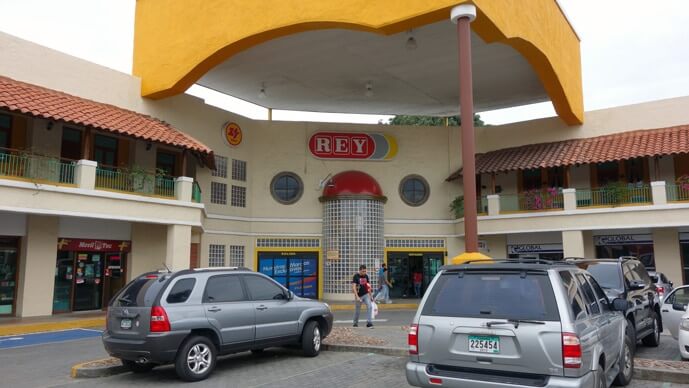
Local fishermen bring in their catch daily and offer it for sale in fish co-ops dotted along the beaches, in the main fish market in Panama City or in the local farmers’ markets out in the country.
Wine is definitely less expensive if you stick with Chile or other South America vineyards. US imported California wine will not be a bargain, but it won’t be terrible either. A mid-range bottle costing $15 in the US will be about $8.50 in Panama. Local beer sells for $.70 a can or $2 in a bar. Imported beer in a bar or restaurant in Panama will cost $3 a bottle, but it’ll go for twice that in the United States. Wine in an upscale establishment will be $8 as opposed to $12 in the United States.
There are odd things in Panama that cost more. A gallon of milk is 80% more in Panama than the United States and lettuce, if bought in a Panamanian grocery store, will be about 8% more and will probably look pretty sad. Buy lettuce from the local farmer for half and the head will be fresh.
A dozen fresh eggs in Panama will run you $2 and remember not to wash them because they will have come directly from the farmers with their protective coat in tact. Oranges and tomatoes will be more than 35% less in Panama, but bananas will cost about the same.
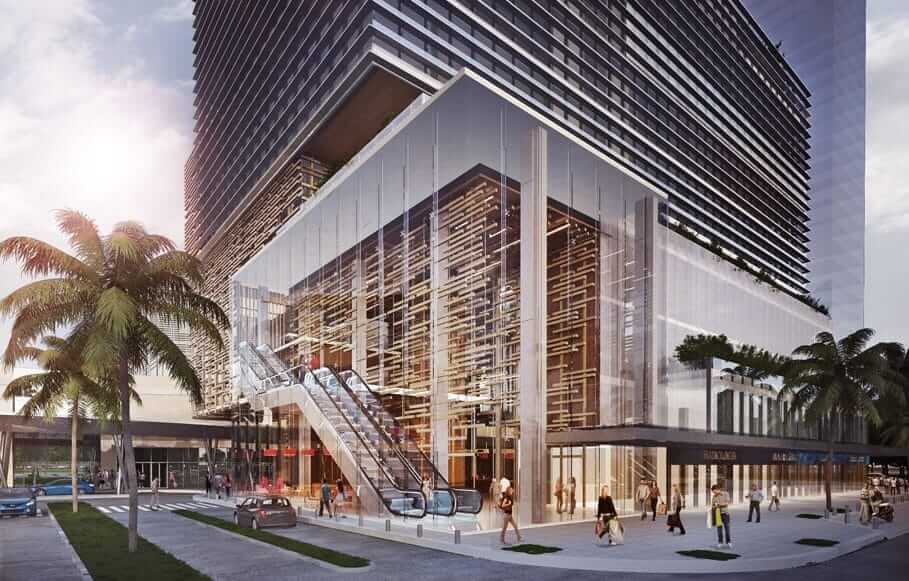
Healthcare
Panama has some of the finest medical options in the world. Healthcare providers routinely speak English, have been trained in the United States, Great Britain, Canada or Europe and use the exact machines being used around the globe.
Routine medical doctor visits will cost between $10 and $25 depending on where you receive treatment. It’ll be on the high end in Panama City and much lower out in the country. Specialists will run you as much as $45 a visit. Prescription medication is up to 90% less in Panama than in the United States which pays the highest amount for prescription drugs in the world.
You can obtain health insurance fairly easily, especially if you are relatively healthy and it shouldn’t run more than $100 a month even if you have pre-existing conditions.
Medicare—United States or Canada—as well as all other government based insurance providers is not applicable in Panama. Many expats pay as they go and find it to be much less expensive than simply paying the co-pay elsewhere. If you have the Pensionado program you will realize 15% off hospital bills if no insurance applies, 10% off prescription medicines, 20% off medical consultations and 15% off dental and eye exams. That may sound like it could add up, but because the cost of medical care in Panama is so low, it will not be a substantial savings.
You can always return to your home country if you want to maintain Medicare coverage but you will need to pay the 20% deductible which may be more than if you paid out-of-pocket in Panama. If you are really worried about being able to access the medical care you want, consider signing up for an international air ambulance plan. It’s less expensive than you think and provides great peace of mind.
Sports and Leisure
A first run international movie ticket costs $6 in Panama, on average considerably less than in the United States. You will pay even less if you are part of the Pensionado program as it provides for a 50% discount.
If you want a private health club, expect to pay about $10 more each month or around $47. Most expats living in Panama have complete gymnasiums in their buildings, which are included in the rent, HOA or purchase price. You can rent an hour of tennis court time for $25.
Baseball is big in Panama and a ticket will run on average, $5 per person. Students and the elderly get discounts.
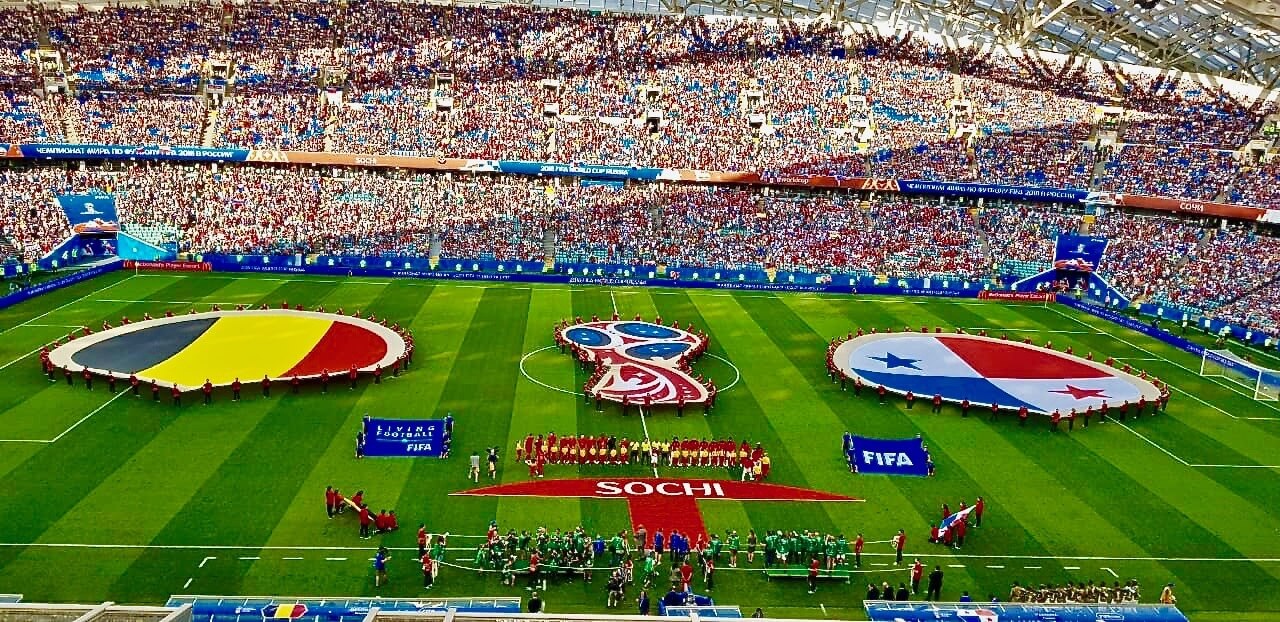
The National Soccer Team (or Futbol), the Los Canaleros, (The Canal-ers) burst onto the world stage in 2018 when they went to the World Cup in Russia. Panamanians are obsessed with their team and you can’t help but catch their excitement. If you want to catch a game, ticket prices run from $6 for the north or south general admission or up to $30 for the real VIP experience. You can also buy tickets providing a “preferred experience” for $12 or $20 depending on the location of the ticket. A 16 ounce local beer, Balboa, will run you $1.50 and expect to get a lot of that poured on you if the Canaleros are scoring. If you want to go all out, make a run to Albrook Mall and pick up an official jersey for $50. Parking at Estadio Rommel Fernandez stadium is $5 but there is always the metro bus for $.25 each way.
Restaurants/Night Life
You can still go to a traditional fonda in Panama and get a heaping plate of meat, rice, beans, and salad for $4.50. You can also go to a top-notch restaurant in Costa del Este and order a $100 steak. There’s everything in between, of course, and in Panama you can choose to be thrifty sometimes and downright lavish when the occasion calls for it.
Chefs from around the world as well as Panamanians have upped the game in Panama City. There is every type of food on offer and one delicious meal after the other. The cost will vary as wildly as the tastes.
There are a few restaurants that have defined the Panama restaurant scene. A night dining at Donde José, if you can get a reservation, will run you more than $130 a person. Each of the 16 courses, which change depending on what is being harvested locally, tells the “story of Panama”. Every evening is a performance of amazing food and information about Panama told passionately. Compare that to Per Se in New York where nine-courses, admittedly amazing, runs $355 per person.
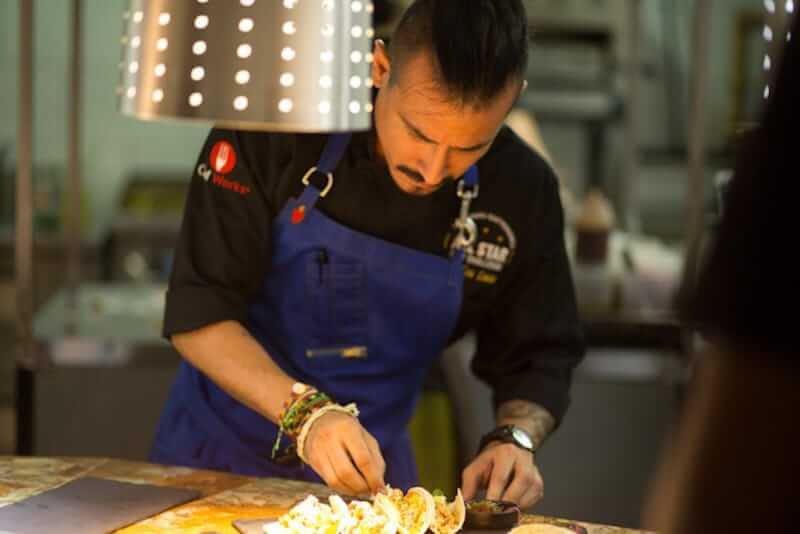
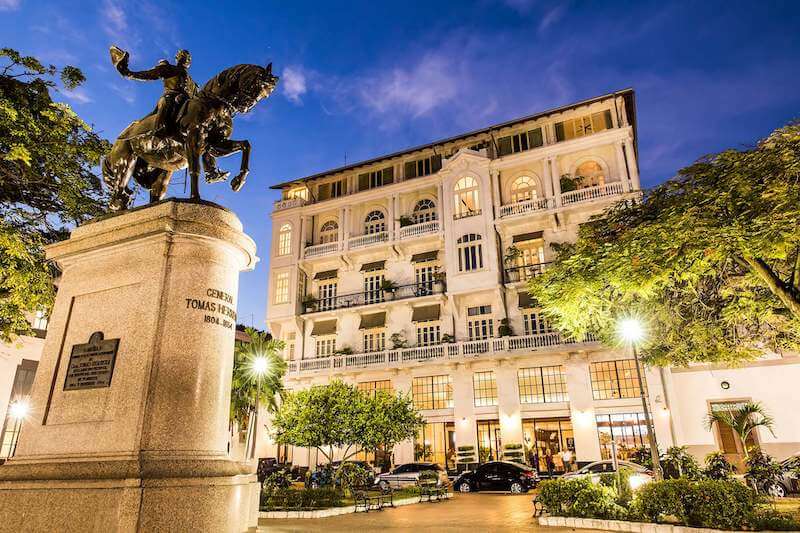
Jazz is an important element in Panama. The restored American Trade Hotel is home to Danilo’s Jazz Club, an intimate 50-seat club which brings in international talent along with local artists. There is a $15 entrance fee but the handcrafted cocktails and drinks will run you about
60% of what you would pay in most North American cities. Annually there is a Jazz competition in Panama which pulls thousands of visitors and artists alike.
Malecón is another hot spot in Panama’s night life scene where there is no entrance fee and the tapas and drinks are outstanding, but only open on Friday and Saturday nights. CascaCasco is just one of the many roof top bars located throughout the city, but especially in Casco Viejo. For more restaurant dining experiences you should look to Panama City in and around Avenida Balboa.
There are a number of cultural events offered each year including orchestra and ballet events and the price is modest in comparison to other large cities. Retirees get discounts on all cultural offerings.
Utilities
Depending on where you choose to live, will dictate what you pay for electricity, air-conditioning, water and the internet. Expect to pay around $140 a month for everything, including good internet. About 35% less than in North America.
If you are renting, negotiate on the utilities—water is almost always included, but make sure you put the utilities in your name if you are in the Pensionado program because you will be entitled to a 25% discount on all utilities.
It often pays to have a local negotiate service with providers such as Cable Onda because they not only speak the language, know how to avoid “gringo” pricing.
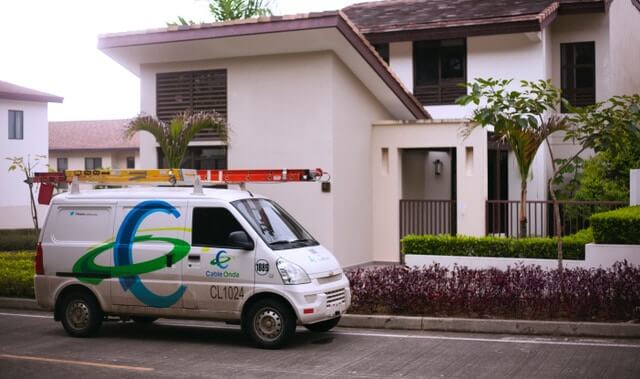
Cell phones are available all over Panama from one of three main providers—Mas Movil / Cable & Wireless, Digicel and Movistar. You can purchase a SIM card for your existing phone and drop it in for anywhere from $20 to $200 depending on how you use it. Everyone uses “WhatsApp” for calling worldwide so your phone really is just for Panama usage. One thing you might find strange is cell phones in Panama have an extra number identifying them as a cell phone. You start with the area code of 507- and then follow with eight numbers XXXX-XXXX. Landlines have the traditional seven numbers after the 507 area code.

Child Care/Domestic Help/International Schools
If you are bringing preschool or kindergarten children with you to Panama you are going to be thrilled at the cost. Monthly childcare in a school for the youngest will run less than $300, more than 70% less than in the United States. However, for school aged students private and international schools are expensive. The average is around $7,500 annually, certainly less than in North America, but the really top-notch programs can top out at $20,000 annually.
Domestic help is more available outside Panama City, but you can find good help for about $40 a day if you don’t want them to live in. They will do linen service, laundry (although no ironing), cleaning including windows and even shop for groceries and prepping for meals. A good yard man will cost about the same.
If you want live-in help, it is a bit more complicated. The base pay would be about $250 a month, but you would need to pay Social Security at the rate of about $50 a month and provide for meals and accommodation. Panama also requires that you pay an extra $50 three times a year as vacation pay. For the highest quality you may consider a bit more than the $250 base and go as high as $350.
Private music, swim, karate and Spanish lessons are easily found, especially in expat areas. One-on-one Spanish classes will run from $15 to $30 an hour based on how many hours are purchased and the student’s schedule flexibility. Group classes are also offered including business Spanish and immersions. Salsa dance classes are sometimes thrown in for free. Swim lessons for adults and children run $90 for 14, 45-minute classes.
Private international schools have wonderful facilities including swimming pools and teams, active theater programs, international debate championships, robotics and robust sport competition.
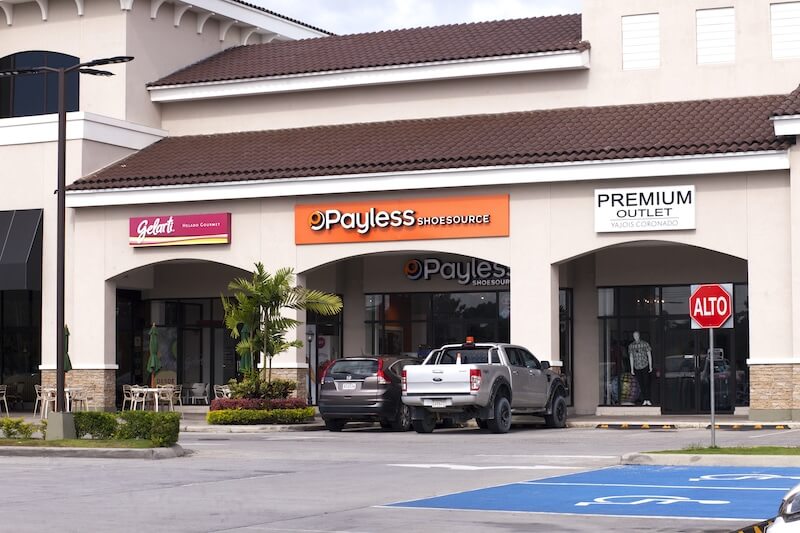
Clothing/Shoes
Clothes will run slightly less in Panama, but there is such a wide variety on offer that the end result is a very personal choice. Shoes, on average run about 11% less and that includes brands such as Nike and Adidas. A summer dress or a cotton shirt for a man will be about the same. It should be noted that there is no Amazon Prime, or even Amazon deliveries in Panama so you won’t be tempted to push that “Buy Now” button.
Because the weather is hot in Panama year-round, people tend to wear fewer clothes. Shoes are often times flip flops or little leather slip ons. Gucci is available and so is Zara and Banana Republic.
The Felix B. Maduro stores are similar to Macy’s but will retail about 12% less in Panama. There are outlet shops located outside of Panama where you can get great buys like $25 women’s bathing suits and Speedos for children for $12.
The Cost of Living in Panama is On You
Generally speaking, the cost of living in Panama is less than in most developed or comparable countries. It is a great option for people who want to get a little more for their money and are up for the adventure. But don’t come to Panama thinking you will be dining at the Ritz and buying organic argula on $1,000 a month. You can achieve that budget, but you will do so by sticking off the beaten path and probably making some sacrifices.
Ultimately, the cost of living in Panama is on you. You can design a lifestyle that’s extravagant, humble, or somewhere in-between– either way you’ll spend less than you would in most other places.




















